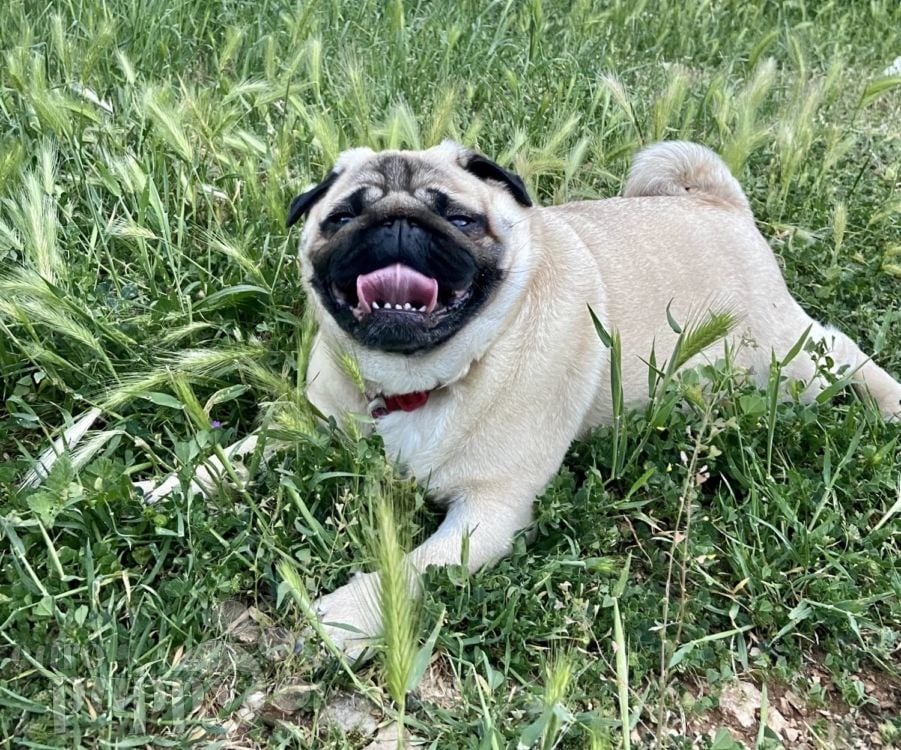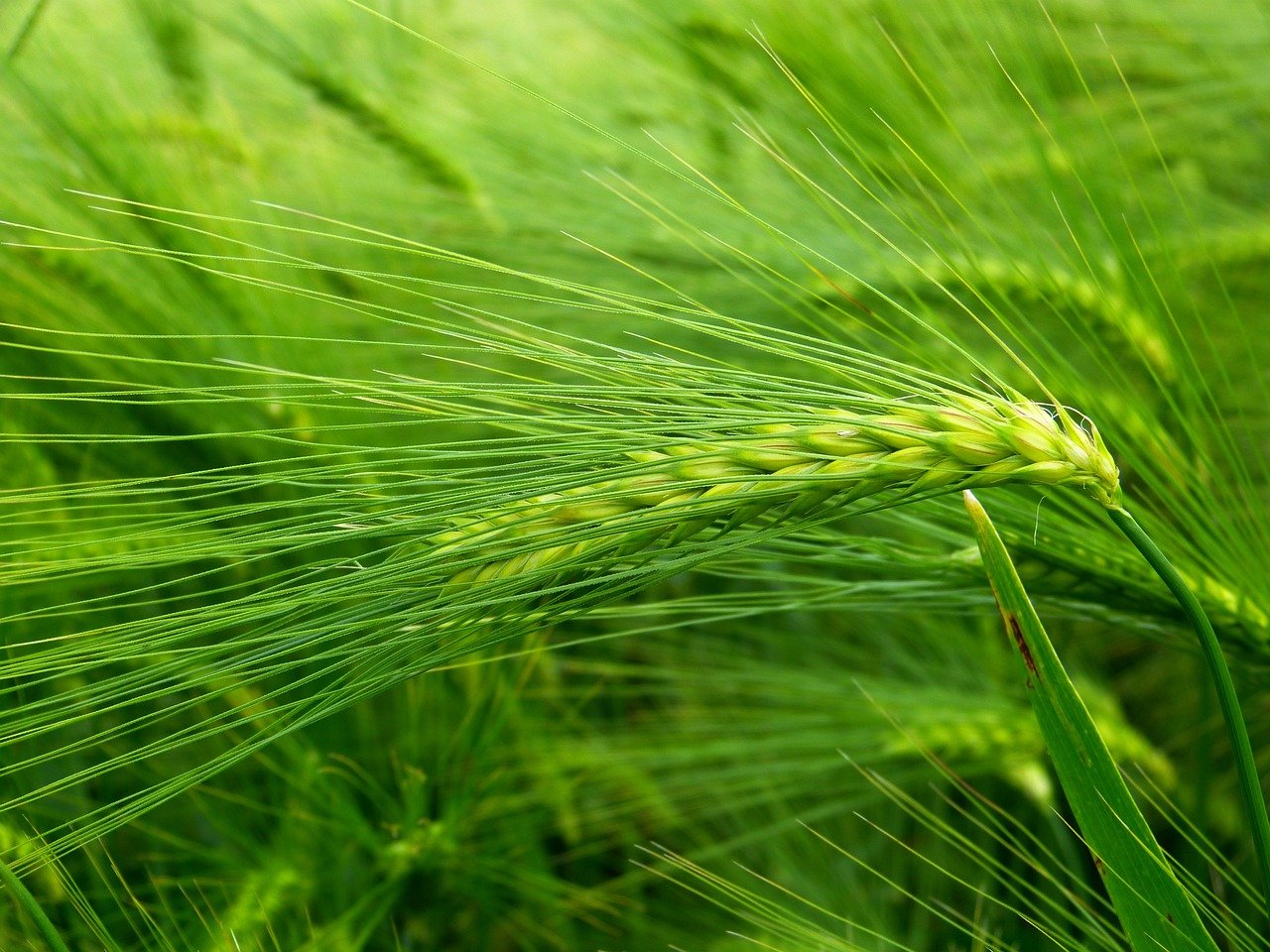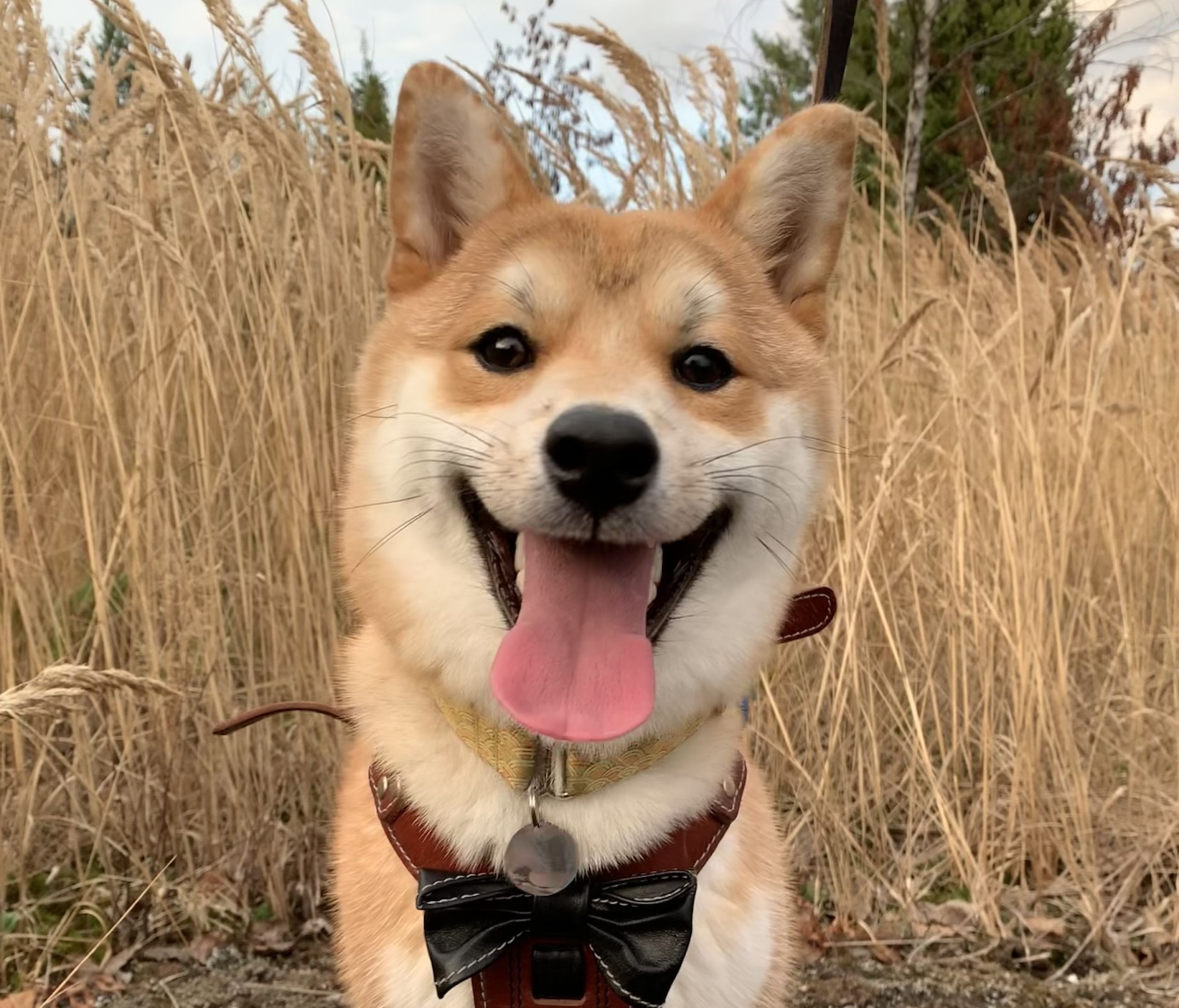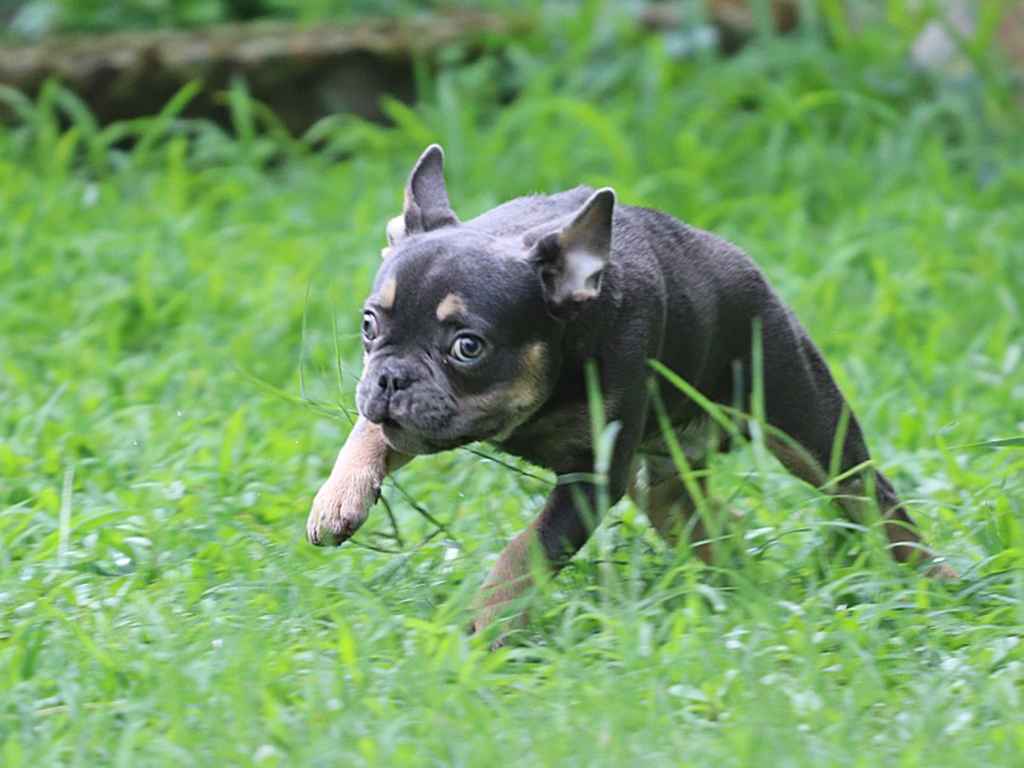Grass Awns and Dogs: Understanding the Hidden Threat

Grass? Is this seriously a big issue!
We know dogs eat grass occasionally. But other than eating too much, how can it harm them?
Well actually there is a little more to it. There are Grass AWNS.
Grass awns may not even be something you have heard of. But this little bit of nature can cause a big problem for our furry friends.
Serious injury can even occur.
And it is absolutely a hidden threat. I had not even heard of the dangers of grass awns until last year, when I heard a dog needed surgery after coming into contact with one.
The fact that few are aware of the dangers makes it crucial to understand the risks, symptoms, treatment, and prevention strategies surrounding grass awn injuries.
What is a Grass Awn?

If you don't know what grass is, you must live in the desert!
But what on earth is a grass awn?
Well it is something that not all grass has. Plus it only occurs when grass grows big. If you mow your lawn regularly you will not suffer from the appearance of awn.
You will know it when you see it though. An awn is either the bristles or hair-like outgrowths at the end of grass species. They occur on plants such as cereals (including rye, wheat and barley) and various meadow plants and grasses.
It is the ones found in meadows, fields, parks and woods that are the biggest issues for dogs. These stiff structures contribute to grain dispersal and fend off animal predators.
Despite looking innocuous enough, their unique shape and structure enable them to burrow easily into different materials, including a dog's skin and coat. While they might appear harmless, their ability to penetrate a dog's body can lead to various health complications.
How Can Grass Awns Hurt Dogs?
They may be small, but while they are unlikely to cause us humans bother, they can either be a minor irritant to dogs, or cause a serious injury.
The barbed, very hard, and spikey structure of grass awns allows them to move in only one direction, which is deeper into the tissues they come into contact with. This is where the danger lies.
Dogs will of course run into grasses, roll around, or even worse stick their heads in amongst the grass. This can cause an awn to detach from the body of the grass, and get stuck on the fur, or skin.
Grass awns can enter a dog's body through various entry points, such as the skin, ears, eyes, nose, and even the genital region. Once their sharp tips are embedded in the skin, they can slowly migrate internally through the skin, and into the body.
Though small, this can cause damage to organs and tissues.
More likely, this migration will often lead to serious infections and most often painful abscesses that require treatment.
On occasion it can even lead to life-threatening conditions if not detected and treated promptly.
The most common point of entries are around the ears and eyes, and where they can cause particularly bad infections and swellings.
When is Grass Awn 'Injury' Season?

Grass awn injuries are more common during certain times of the year, typically in late spring and summer when grasses have grown long, and start to dry out. This is when the grass becomes more mature and dry and hard to the touch.
During this period, the grass awns become more brittle and easier to detach from the plant, increasing the chances of them becoming lodged in a dog's fur or skin.
A wet spring, where the grass grows more, followed by a hot, dry summer, can prove to be perfect conditions for grass awns.
Which Dogs are Most at Risk of Grass Awn Injury?
While all dogs can potentially be affected by grass awn injuries, some are more susceptible due to their coat type, activity level, and environment.
Dogs with longer coats and feathering, such as Retrievers, Setters, and Spaniels, are at a higher risk as the grass awns can easily become entangled in their fur.
Light haired dogs are more likely to face injury, as the awn can be hard to see on the fur, and more likely to be left to get stuck in the skin. If you have a dark haired dog, you have a better chance of spotting an awn while still on the fur, and not stuck into the skin.
Additionally, dogs that frequently explore grassy areas, especially those with overgrown grasses, are more likely to come into contact with grass awns.
Symptoms of Grass Awn Injury on Different Areas of the Body
The symptoms of grass awn injuries can vary depending on the entry point and migration of the grass awn. Here are some common symptoms based on the affected area:
Skin:
Signs of grass awns in the skin might include swelling, redness, and the formation of abscesses or draining tracts.
Ears:
Dogs with grass awns in their ears might shake their heads excessively, tilt their heads to one side, and show signs of discomfort. There might also be a foul odor or discharge from the affected ear. This is the most common injury point.
Eyes:
Grass awns in the eyes can cause squinting, redness, excessive tearing, and even corneal ulcers.
Nose:
Dogs with grass awns in their nose may sneeze frequently, have nasal discharge (often containing blood), and display signs of discomfort.
Genital Region:
Grass awns in the genital area can lead to licking, swelling, discomfort, and potential urinary issues.
Is it Safe to Remove a Grass Awn from a Dog?
From the fur, before they get embedded. Yes!
While it might be tempting to remove a visible grass awn from your dog's fur, it's important to exercise caution.
The brittle structure of grass awns makes them prone to breaking off if not removed properly. If the awn breaks, it can become more deeply embedded or migrate further into the body.
If you're confident in your ability to remove a grass awn without breaking it, you can do so using tweezers. However, it's generally recommended to consult a veterinarian to ensure safe and thorough removal.

Treatment for Grass Awns in Dogs
When a dog exhibits symptoms of a grass awn injury, seeking prompt veterinary care is crucial. The veterinarian will perform a thorough examination and might use diagnostic tools like X-rays or imaging to locate the grass awn. Depending on the location and severity of the injury, the treatment plan can vary:
Skin Injuries: In cases where the grass awn is on the skin's surface, the veterinarian might be able to remove it with tweezers after sedating the dog. Antibiotics and wound care might be prescribed to prevent infection.
Internal Injuries: If, in rare cases, the grass awn has migrated internally, surgical intervention may be required to locate and remove it. This is especially important to prevent further complications and potential damage to organs.
Ear Injuries: Grass awns in the ears may necessitate sedation for removal. The veterinarian will thoroughly examine the ear canal and may use specialized instruments to extract the awn.
Eye Injuries: When a grass awn is in the eye, a veterinarian should be consulted immediately. Attempting to remove it without proper tools and expertise can result in further damage.
Nose and Genital Injuries: Removal of grass awns from these sensitive areas requires professional veterinary care to minimize discomfort and ensure complete removal.
Prevention for Grass Awns in Dogs
Preventing grass awn injuries is the best approach to keeping your dog safe. Here are some strategies to consider:
Avoid Overgrown Areas: Keep your dog away from tall grasses, overgrown fields, and areas with dried grasses during peak grass awn season.
Grooming: Regular grooming sessions that include thorough brushing can help prevent grass awns from becoming entangled in your dog's coat.
Check for Grass Awns: After outdoor activities, especially in grassy areas, perform a thorough check of your dog's coat, ears, eyes, and paws. Be attentive to any signs of discomfort.
Trim Feathering: If your dog has long feathering on the legs, paws, or ears, consider trimming it during the grass awn season to reduce the risk of entanglement.
...As responsible dog owners, our pets' safety and well-being are paramount.
Grass awns, though small and seemingly harmless, can pose a significant threat to our canine companions.
Understanding the risks, symptoms, treatment options, and prevention strategies related to grass awn injuries can help us safeguard our dogs from this hidden danger.
Now you know about grass awns, you can stay vigilant, regularly checking for grass awns, and consult a veterinarian at the first sign of trouble. All you want after all is to ensure your furry friend enjoys a healthier and happier life, free from the risks posed by these insidious seeds.
